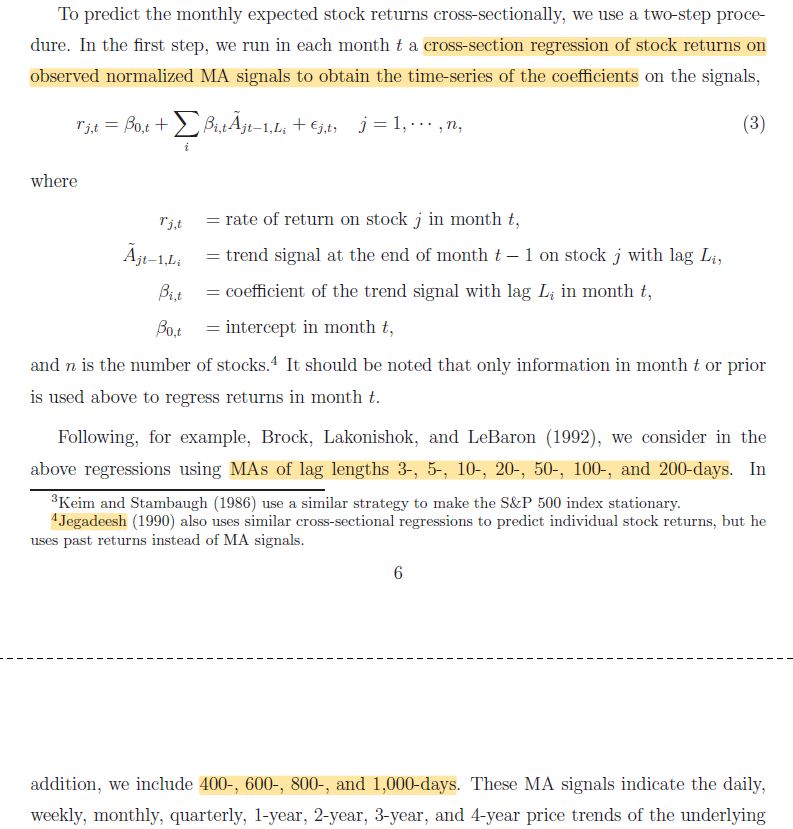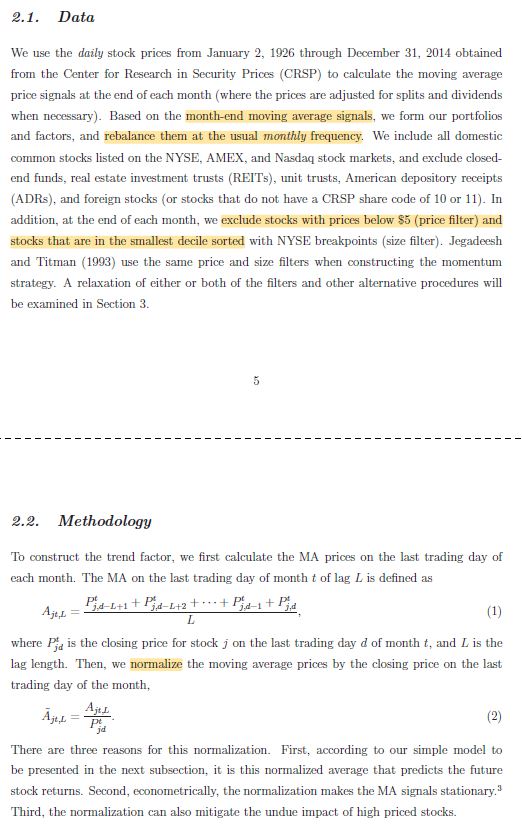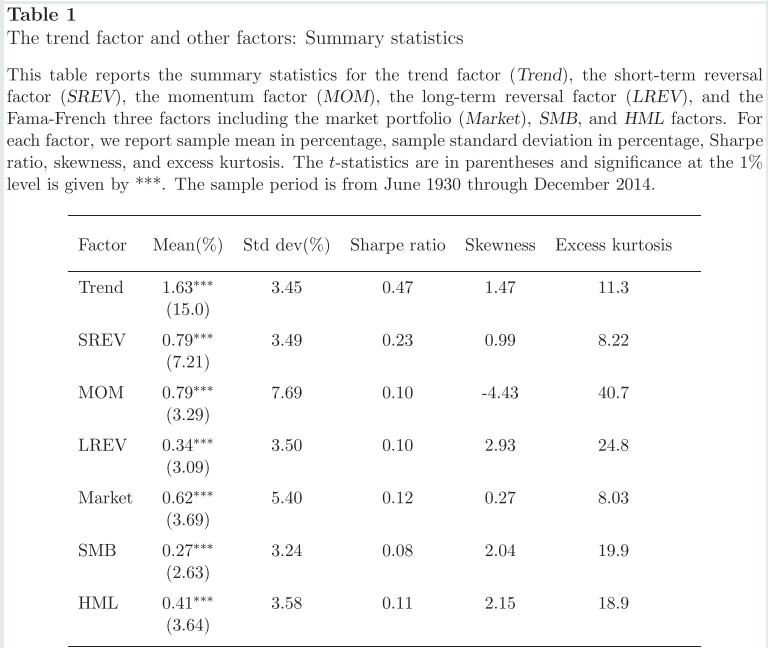
Given two possibilities,
A. Factor death (zero expected returns)
B. Factor reversion (high expected returns)
What could help in either scenario?
Initial thoughts:
* Better execution
* Less aggressive trading
* Thoughtful turnover management
* Harvesting tax losses
* Lower AUM
A. Factor death (zero expected returns)
B. Factor reversion (high expected returns)
What could help in either scenario?
Initial thoughts:
* Better execution
* Less aggressive trading
* Thoughtful turnover management
* Harvesting tax losses
* Lower AUM
Applications might not be as obvious as they seem.
For example, long-dated options have optically high spreads but reduce the need for aggressive vol targeting when it's most expensive to trade the underlying. They also make it possible to rebalance into dislocated assets.
For example, long-dated options have optically high spreads but reduce the need for aggressive vol targeting when it's most expensive to trade the underlying. They also make it possible to rebalance into dislocated assets.
Momentum can become much lower turnover and more tax efficient when rebalanced differently:
Implementing Momentum: What Have We Learned?
Shorting is more tax-efficient than it looks:
Taxes, Shorting, and Active Management
Implementing Momentum: What Have We Learned?
https://twitter.com/ReformedTrader/status/1352307342029701121
Shorting is more tax-efficient than it looks:
Taxes, Shorting, and Active Management
https://twitter.com/ReformedTrader/status/1073478278080475136
Some strategies can actually reduce turnover while simultaneously increasing expected returns when carefully implemented.
This is especially advantageous because these strategies (e.g. momentum, ST reversal) may also be anticorrelated to each other.
This is especially advantageous because these strategies (e.g. momentum, ST reversal) may also be anticorrelated to each other.
https://twitter.com/ReformedTrader/status/1352310427091259392
Lower turnover also means more patient trading, which in turn can lead to lower slippage.
So portfolio construction can have an even larger effect than what shows up in the backtest. And this relative benefit exists even in the case of factor death.
So portfolio construction can have an even larger effect than what shows up in the backtest. And this relative benefit exists even in the case of factor death.
https://twitter.com/ReformedTrader/status/1346160221408829441
In the cases above, careful implementation starts with intuition rather than a backtest.
Strategies that are hard to intuitively understand may be less amenable to this kind of philosophical tinkering.
Rob Carver is a master of "think first, then build:"
Strategies that are hard to intuitively understand may be less amenable to this kind of philosophical tinkering.
Rob Carver is a master of "think first, then build:"
https://twitter.com/ReformedTrader/status/1229120228425994246
The more constraints there are, the harder this becomes.
You can't harvest tax losses when they're trapped inside an impenetrable wrapper.
Anticorrelated strategies can't reduce each others' turnover when they're in separate funds.
A skilled manager is worth his weight in 🪙.
You can't harvest tax losses when they're trapped inside an impenetrable wrapper.
Anticorrelated strategies can't reduce each others' turnover when they're in separate funds.
A skilled manager is worth his weight in 🪙.
Even if you're highly constrained (no leverage, no derivatives, no stocks), there are still interesting questions to consider:
* Mutual funds vs. ETFs vs. CEFs
* Tax efficiency
* Fund factor loadings
* Commodities or not?
* Asset class weights
* Bond tenor
* Rebalancing
* Mutual funds vs. ETFs vs. CEFs
* Tax efficiency
* Fund factor loadings
* Commodities or not?
* Asset class weights
* Bond tenor
* Rebalancing
You can only backtest what you think of. The more random your thinking, the greater the risk of p-hacking... but the more conventional your thinking, the less new information the tests will give you.
The key might be to be different but in a focused way.
The key might be to be different but in a focused way.
https://twitter.com/ReformedTrader/status/1196576684218015744
• • •
Missing some Tweet in this thread? You can try to
force a refresh













